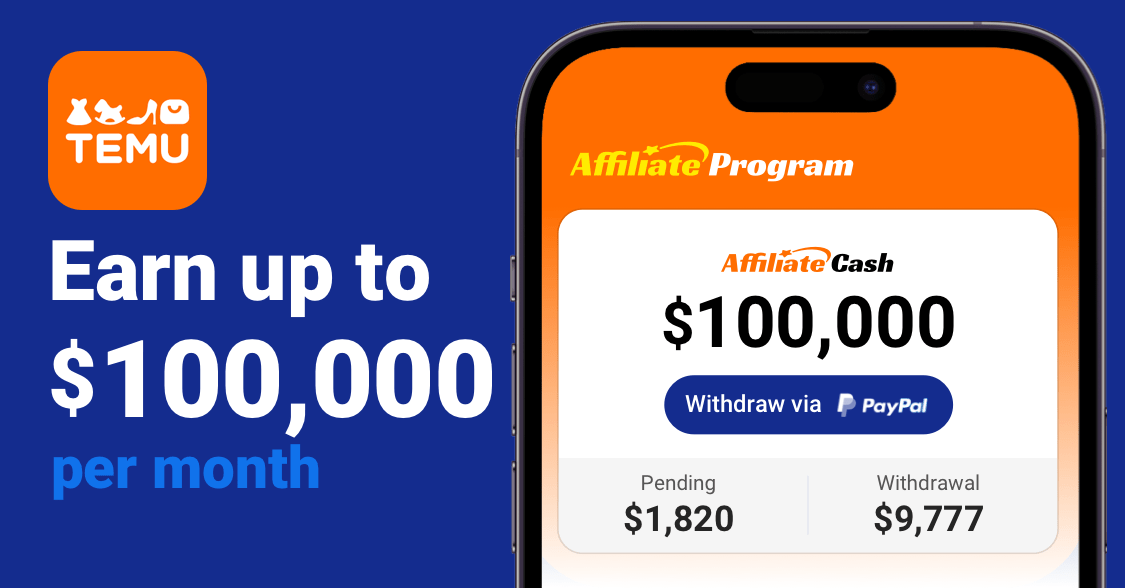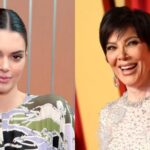May 7, 2024 is a day that will remain etched in Aliyah Jones’s memory. While sifting through her LinkedIn messages, she remembers the unexpected voice memo that she received from a stranger as if it happened yesterday.
Jones had been facing unemployment for months, searching for opportunities in marketing and social media on the career development platform. As she searched, Jones also launched an unemployment series on her LinkedIn page, detailing the ebbs and flows of her life between jobs in a comedic fashion. The series quickly gained traction on the network, attracting users who shared similar experiences, flooding Jones’ DMs and comment section with personal stories and praise for her ingenuity. That is, until one user voiced a differing perspective via that voice note.
“I was basically told that I wasn’t ‘corporate enough,’” Jones says about the stranger’s explanation about why she wasn’t getting hired. The comment struck her deeply, especially coming from someone who was in a similar predicament. “While they’re saying this, they’re giving me compliments, but also critiquing me by saying, ‘You need to be more corporate in order for people to see you.’” Jones immediately felt the underlying microaggressive tone of the messages.
What, exactly, did that stranger mean? Jones had completed a digital design and digital marketing program at one of the most prestigious design schools in the country. With over three years of product design and marketing experience, her resume and portfolio is pretty stacked. She was applying to tons of jobs, reaching out to recruiters directly and turning on as much professional charm as she could muster.
Jones had some suspicions: Per a recent experiment conducted by the National Bureau of Economic Research, a typical employer contacts applicants who have presumably white-sounding names for interviews about 9% more than applicants with Black-sounding names. This research compounded results from 2004 that found that applicants who employers assumed were white based on their names were called back 50% more often than Black-seeming applicants.
With all that in mind, Jones created a “corporate catfish”: Enter Emily Osbourne, an AI-generated blonde-haired, blue-eyed White woman eager to advance her career in graphic design. Phenotypically, Emily the LinkedIn catfish was everything that Aliyah is not. Their commonalities? They both had the same resume, experiences, and skill sets 一 the main differences were their names and race. For eight months, Jones assumed the false identity of Emily on LinkedIn, applying to the same jobs and messaging the same recruiters, all while using the Emily profile. Jones had applied to over 300 jobs, and she documented every step of the process, posting ongoing videos on TikTok and YouTube.
According to Jones’ findings, her LinkedIn catfish was receiving callbacks and interview requests from employers at a much higher rate than Jones herself. Of all the applications she submitted, Emily received interview invitations 57.9% of the time, compared to Jones’s 8.9%. Regarding job ghosting, Emily was least likely to be left on seen with a 31.7% response rate, differing Jones’s 15.8%. This told Jones that the same recruiters who overlooked Jones’ messages were returning Emily’s, she says. “I wasn’t shocked, but I was,” Jones painfully recalled in her now-viral Catfish docuseries. After observing the rise of Emily’s highly sought-after candidacy, Jones decided to end the social experiment to protect her deteriorating mental health.









